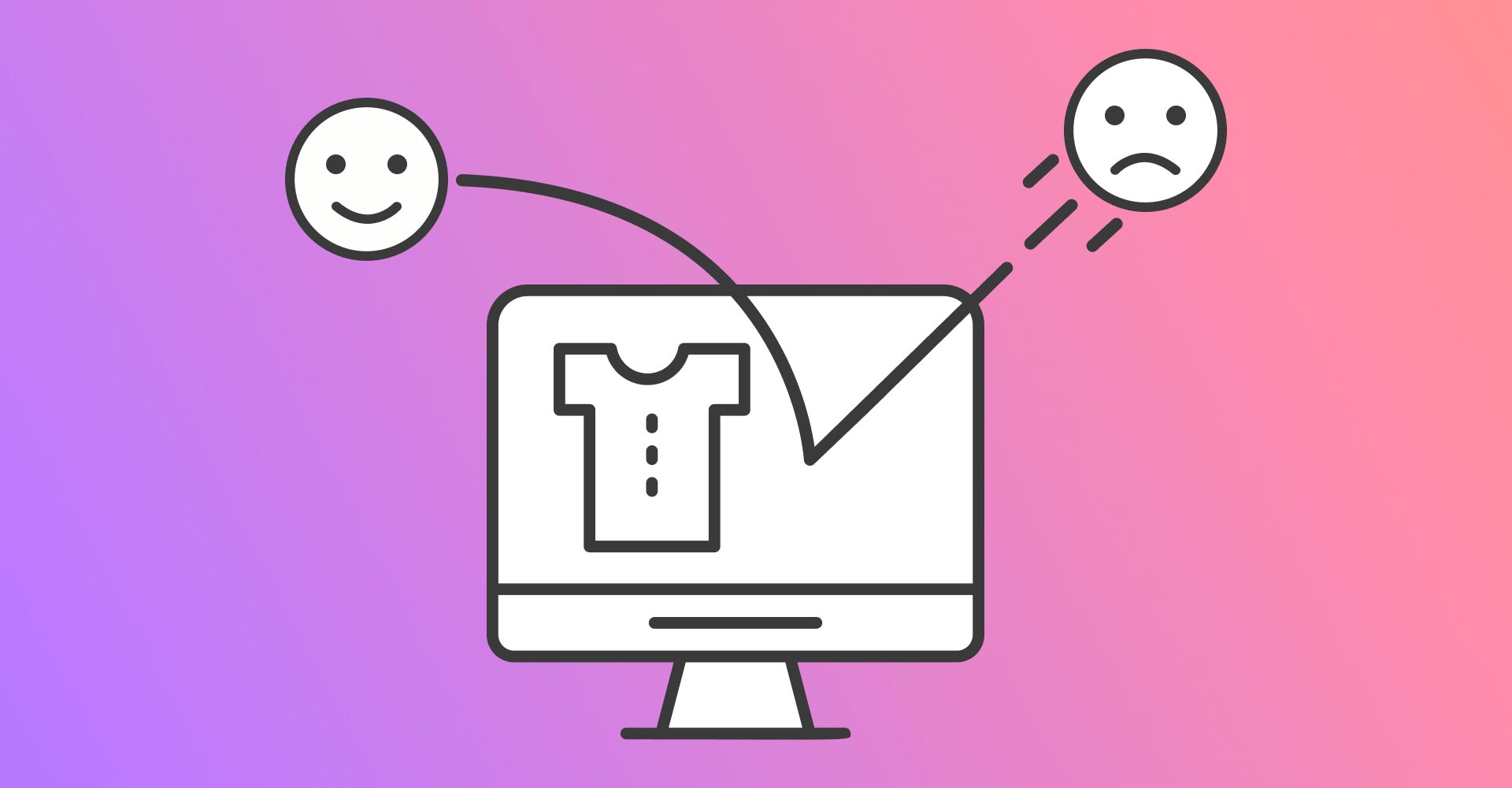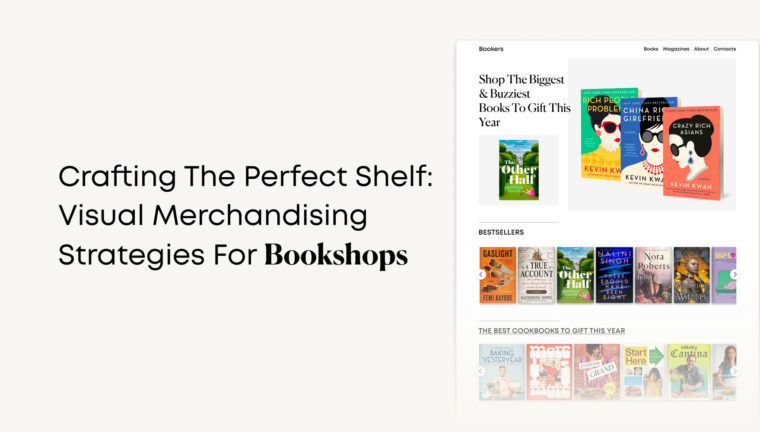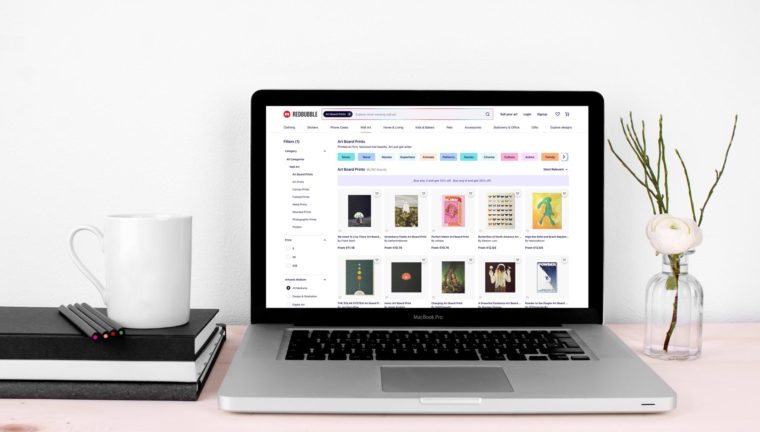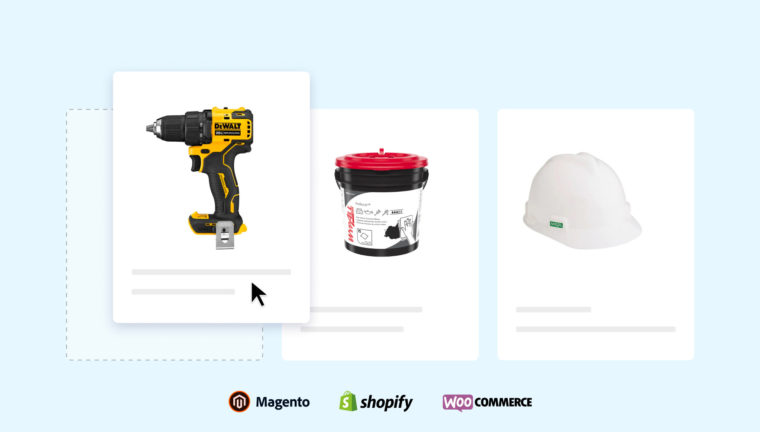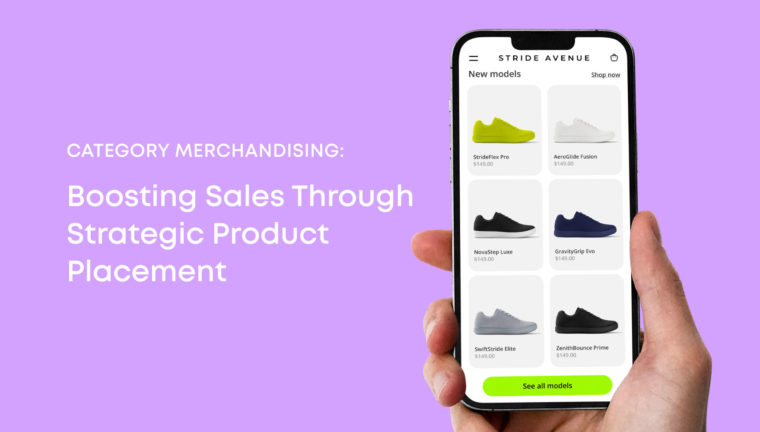Why do I have such a high bounce rate? And what is a good bounce rate, to begin with?
If you’re asking these and other similar questions, our new article is just what you need. In it, we’ll tell you how to improve your bounce rate quickly and effectively.The insights we share are valid for any website owners striving to keep their visitors engaged. However, our tips will be of special benefit to eCommerce businesses, which should be tracking bounce rates on an ongoing basis since this indicator has a lot to do with conversions and sales.
What is a Bounce Rate?
A bounce rate refers to the percentage of visitors who leave your website after viewing only one page. Simply put, it shows the number of users who “bounce” off your online store—if we’re talking about the eCommerce market—without exploring any further sections or taking targeted actions. There are different ways to find out your page bounce rate, but Google, with its analytical system, is still the best and easiest option.
Tracking Bounce Rate in Google Analytics
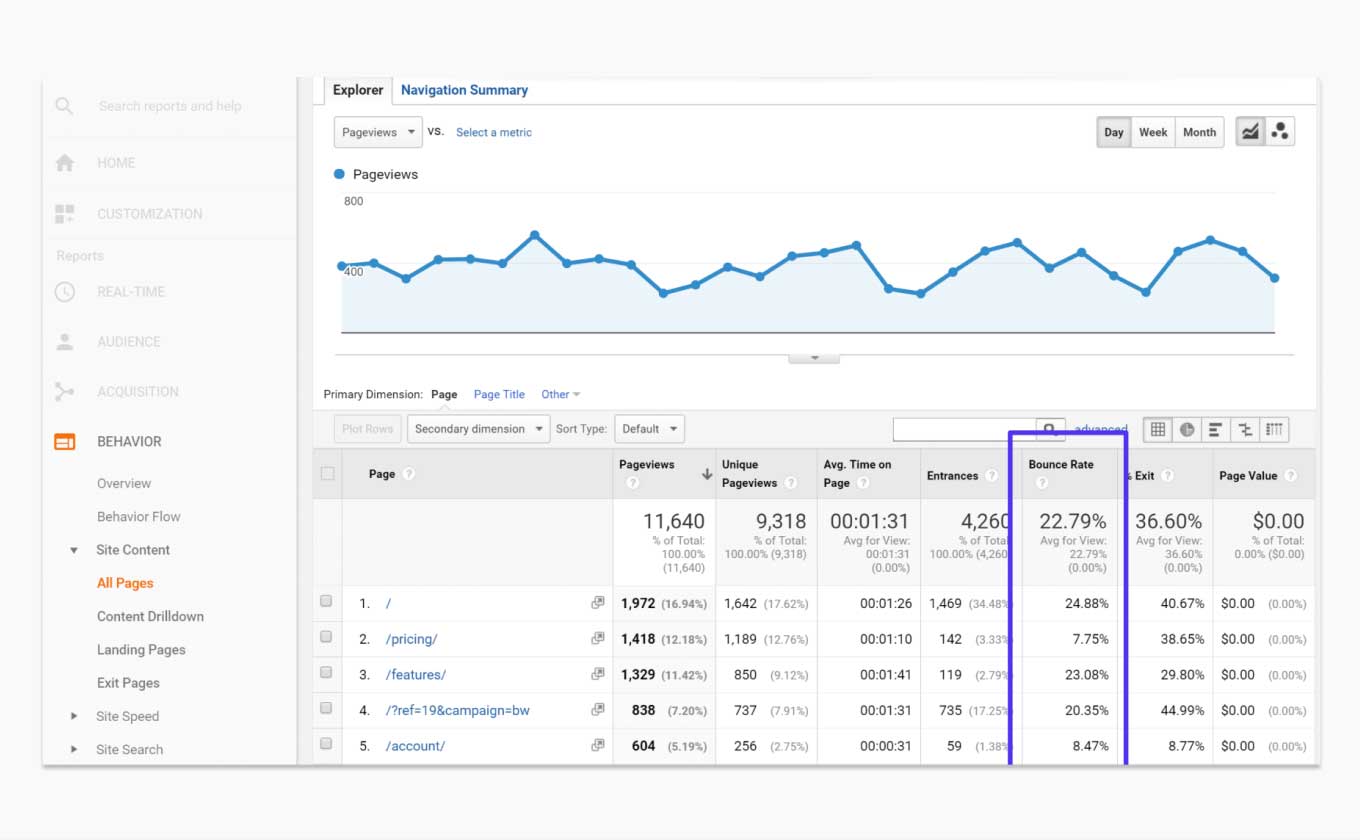
Google Analytics is very good at analyzing different traffic sources and observing website visitor behavior. Perhaps you already know how to work with this tool; otherwise, follow our simple guide:
- Set up a Google Analytics account and install the tracking code on your website
- Log in to your Google Analytics dashboard
- On the left-hand side, click on Behavior and then Site Content to expand the options. Select All Pages from the dropdown menu
- Apply different filters or segments to get more specific insights
A high bounce rate means you could have done better at engaging website visitors. But what is the reason? Why is this happening, and how to fix the situation?
Let’s figure these things out step by step.
Reasons for High Bounce Rates in eCommerce
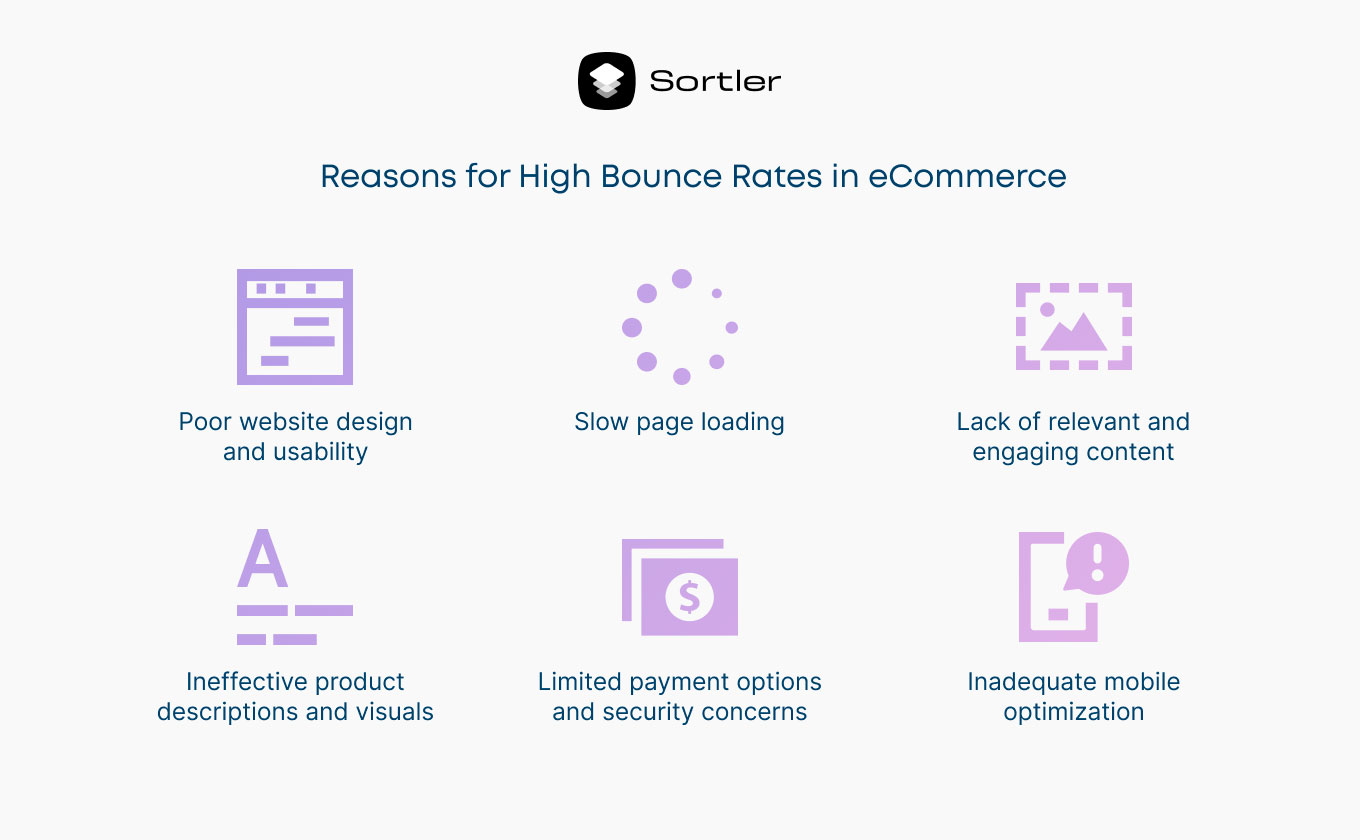
It is believed that the average bounce rate for e-commerce sites ranges between 25% and 45%. If yours doesn’t exceed this measure, you have nothing to worry about. Otherwise, you need to find and eliminate the source of your problem.
Here are the most common reasons for high bounce rates:
- Poor website design and usability. If users have trouble finding the products they need or the checkout process is too complicated, they’re more likely to abandon the website and seek alternatives
- Slow page loading. In today’s fast-paced world, customers expect websites to load as quickly as possible
- Lack of relevant and engaging content. The topic is quite extensive, and we cannot cover it in a few words. We’ll detail the subject a little later, in due course
- Ineffective product descriptions and visuals. E-commerce businesses heavily rely on product information and images to entice customers to make a purchase. These elements should accurately represent your goods
- Limited payment options and security concerns. Remember, high security and the availability of different payment options are a must for any online store! Take good care of both points to avoid your website’s bounce rate going up
- Inadequate mobile optimization. With the increasing use of smartphones and tablets for online shopping, it is crucial to be mobile-friendly
It doesn’t matter how active and engaged your customers are. You’ll find the next section of our blog piece helpful in any case. After all, the sky’s the limit, which means there is always a possibility to reduce bounce rates even more, resulting in higher conversions.
7 Ways to Reduce Bounce Rates
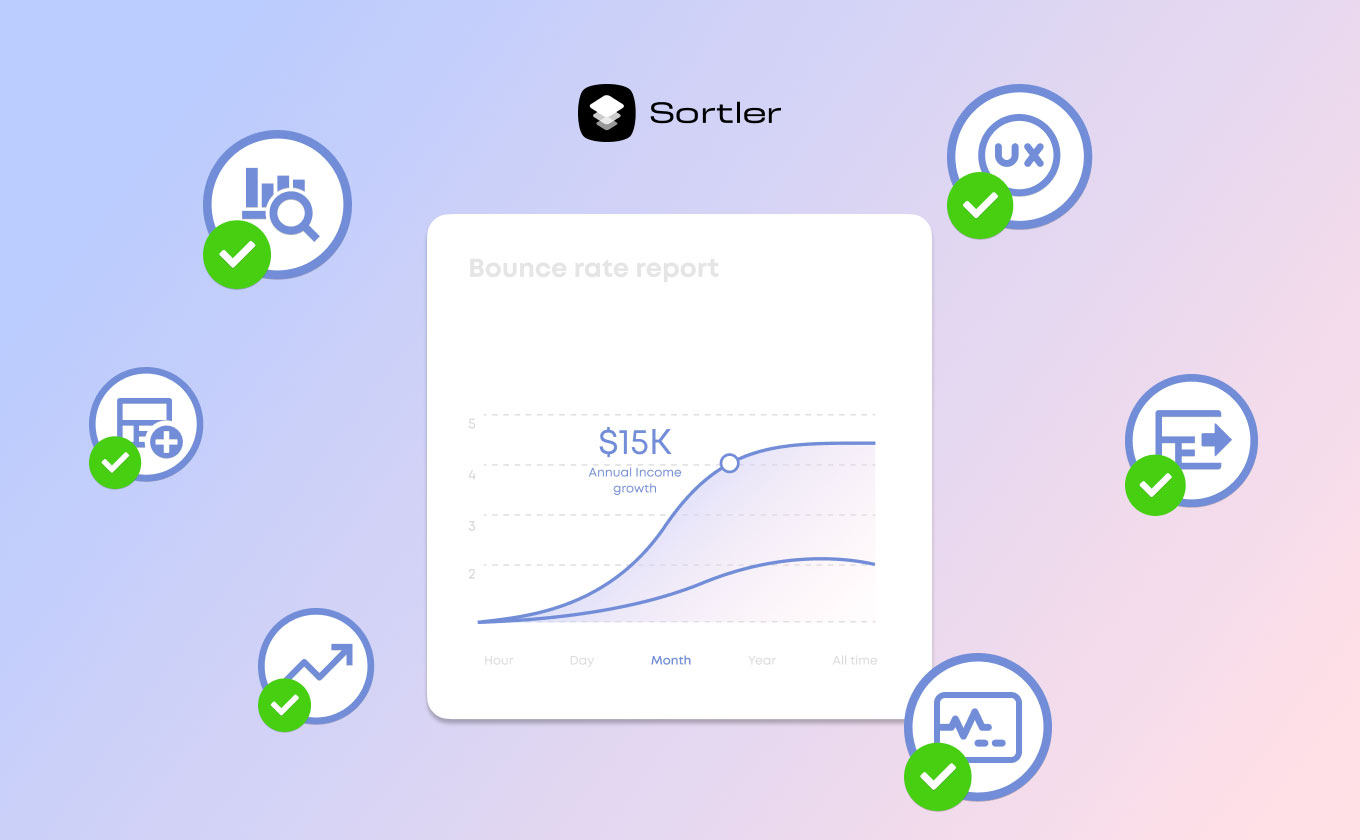
Are you tired of seeing your online store’s bounce rate skyrocket? Do you want to ensure that your potential customers stay and make a purchase? Then implement our simple yet effective strategies—the result won’t take long.
Our tips will help you keep your bounce rates low, regardless of your business domain. However, some insights are more focused on online stores.
#1. Analyze and Improve Your Website’s Performance
If an e-commerce site takes too long to load, visitors may lose patience and leave. To prevent this from happening, take care of the following:
- Conduct a thorough website audit to identify potential performance issues. Analyze loading times, broken links, and any other technical issues that could hinder user experience
- Optimize website speed by compressing images, leveraging caching, etc. These simple steps can significantly improve loading times, increasing conversions
- Optimize your online store for mobile devices, ensuring that your website adapts seamlessly to different screen sizes and resolutions
#2. Enhance Content Quality and Relevance
By following the steps we provide below, you can reduce the bounce rate and increase your chances of converting visitors into loyal customers.
Research for High-Intent Keywords
To convince Google to place your website among the first ones in search results, you need to optimize the content, starting with the relevant keywords. The task is to determine the word expressions that potential customers use to find products similar to your online store’s range.
There are many resources to help you get the job done quickly and efficiently, but our advice is to rely on professionals—experienced SEOs.
SEO-Optimized Product Descriptions & Landing Page Content
To see how the bounce rate in Google Analytics decreases, you should embed the keywords identified in the previous step into your content. Try to do it as naturally as possible and avoid creating ridiculous product descriptions—such a trick won’t fool either Google or your customers.
Optimizing product descriptions and landing page content drives more organic traffic and ensures incoming visitors find what they need and don’t leave your website.
Engaging Visuals For Enhanced User Experience
In today’s visually-driven world, engaging images can make all the difference in capturing and retaining your audience’s attention. We recommend incorporating captivating and eye-catching visuals, including product images, videos, or infographics, into your content. This way, you’ll elevate the user experience and increase visitors’ time on your site.
Customer Reviews And Ratings
Trust is a crucial factor in any online transaction. And the best way to build that kind of relationship with your buyers is to post honest customer reviews and ratings. This approach is risky if your products are of poor quality, but it reduces the likelihood of visitors bouncing away without making a purchase.
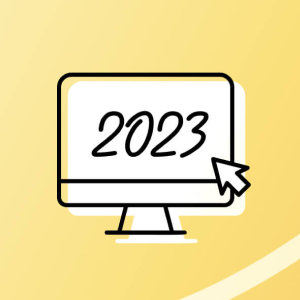
What eCommerce merchandising trends are relevant in 2023? Follow the link to get the latest insights!.
We’ve already discussed several effective and rather effortless ways to reduce bounce rates, but there is more to come.
#3. Personalize the User Experience
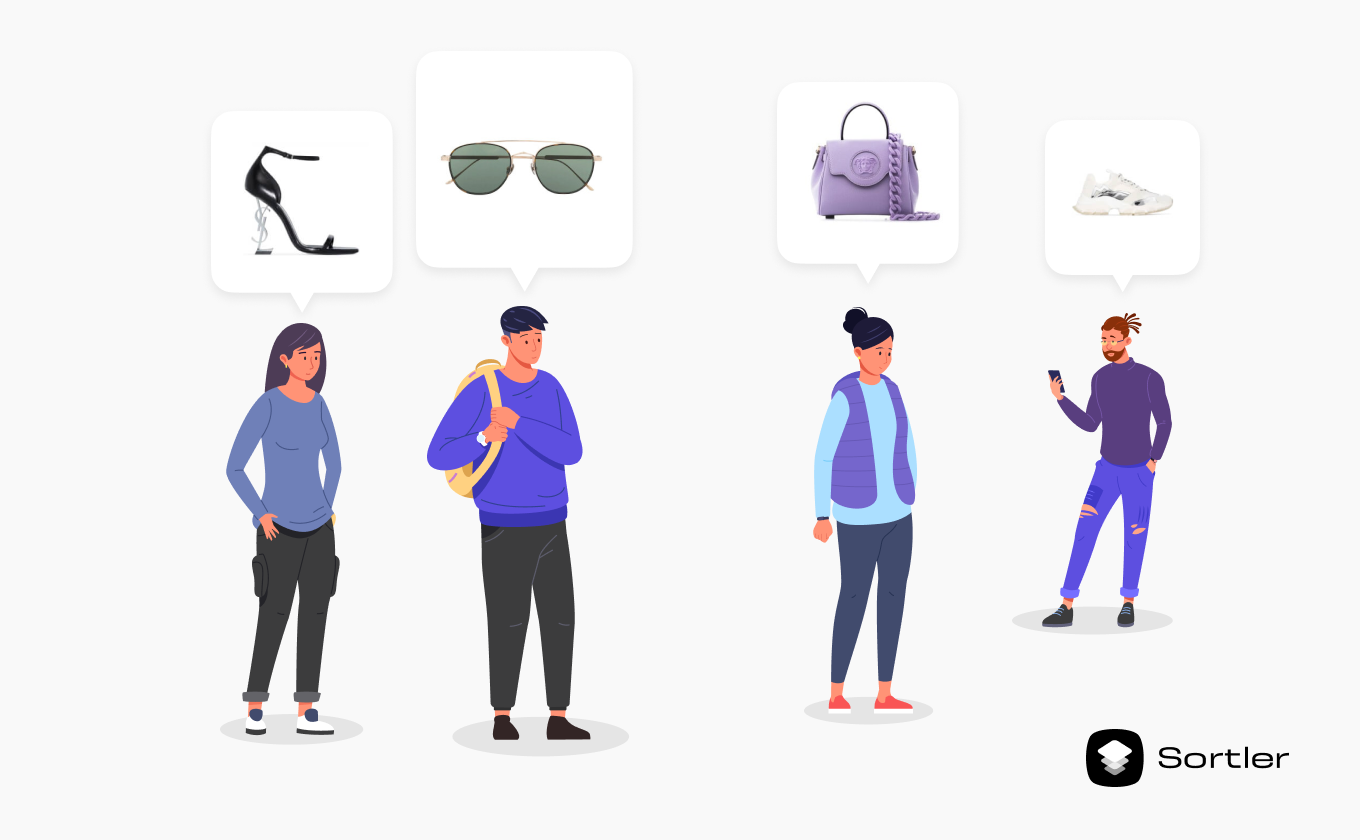
In a crowded digital market space, one-size-fits-all approaches don’t suffice anymore. To truly connect with your customers and stand out from the competition, you must personalize the user experience.
Here’s how:
- Data-driven, personalized product recommendations. Gone are the days when users could be satisfied with generic content. Now any recommendations should meet their unique preferences and needs. To get the correct data for such a level of personalization, you have to analyze shoppers’ browsing and purchase history and click-through rates. With all this information, you can give your customers the impression that the products you offer are tailor-made just for them
- Dynamic pricing strategies. Another way to avoid high bounce rates involves a custom pricing approach. Analyze customers’ purchase history to determine what price threshold would get them interested in shopping in your store
- Personalized promotions & discounts. We all love a good deal, especially when it fits our needs perfectly. Use this peculiarity of our human nature to improve relationships with customers—give them exclusive offers, whether it’s a birthday discount or a reward for frequent purchases
- Personalized assistance through chatbots or live chat support. And finally, we advise you to enable real-time customer support. It’s best to use chatbots with AI elements that can study your shoppers and communicate with them in a personalized way around the clock
All this will help you keep your bounce rate metric at the right level.
#4. Streamline The Product Experience
For online stores, one of the keys to engaging website visitors and converting them into loyal customers is the ease with which they interact with your product range. Of course, we’re talking about your online catalog.The rule is simple: the more user-friendly the catalog is and the better it represents the products, the more likely it is to reduce the bounce rate.
3 Common mistakes in catalog management
#1. No logic in the arrangement of products on the catalog page:
- Some brands prevail over others for no good reason
- Seasonal items are poorly highlighted
- The assortment range doesn’t show everything you can offer
As a result, the consumer is disappointed with your online store and leaves it to try luck at your competitors. And that’s a shame, as the problem is easy to solve.
#2. Not enough accent spots in the catalog:
- Little attention to doubting customers who don’t know what they want to buy
- No attempt to incentivize more purchases
You can solve these problems by creating matching product combinations: say, earrings and a pendant from the same collection if you run a jewelry store or a few stylish outfit pieces of a single color scheme for a fashion eCommerce business. Such products, located next to each other on the catalog page, encourage shoppers to buy more and offer ideas to undecided customers.
#3. Unsatisfactory handling of running out and poorly selling items:
- Discovering that an item added to the cart is unavailable leads to high bounce rates. And this happens more often than you might think
- If a particular product is underperforming, don’t exclude it from the assortment as hopeless. Sometimes the reason for low sales is the wrong item placement on the catalog page
Modern visual merchandising tools help to deal with these and other similar challenges and decrease a website’s bounce rate. A good example is Sortler, a cloud-based solution for smart catalog management
Sortler’s Features
Sortler is a virtual catalog available anytime, anywhere. That’s an analog to your real online catalog: the virtual and real versions can be synchronized whenever you wish without much effort.
Sortler allows online store managers to work with the product display in the catalog in the following ways:
- Automated rules. You make a rule that instructs Sortler how to act: let’s say Sortler can automatically create beautiful product combinations in the right amount, control the percentage of brands on the page, etc.
- Scores. Another way to work with Sortler is to set points (the so-called scores) for products: the higher the score, the higher the product will be placed on the catalog page
- Drag-and-Drop. And finally, you can move catalog items around the screen with the mouse using the Drag-and-Drop feature. Sometimes it’s the most intuitive, quickest way to sort your products
What can you do with Sortler?
- Add variety to the catalog page, showing your assortment to the maximum
- Create bright accents like matching product combinations, as we said above
- Manage product balances to hide currently unavailable items automatically
- Improve sales of underperforming items by making them more visible on the page and giving them discounts if other approaches are exhausted
All of these features improve the online shopping experience, which translates into better conversions.

If you want to know how to improve bounce rates with Sortler, read our article on the link. It reveals our experience using this tool to help the client’s fashion online store thrive.
#5. Simplify the Checkout Process
Here are a few strategies to consider when dealing with the checkout process:
- Minimize the number of steps and form fields in your checkout process. Customers want a hassle-free experience, so make sure your checkout process is as streamlined as possible. Keep everything simple, straightforward, and user-friendly
- Offer guest checkout options to reduce friction and increase conversion rates. Not everyone wants to create an account just to make a single purchase
- Incorporate trust signals, such as security badges and payment options, to reassure customers that their personal and financial information is safe and protected
- Provide clear shipping and return policies to alleviate concerns. Be transparent about any additional fees or restrictions that may apply
#6. Implement Retargeting and Remarketing Tactics
Another way to deal with your bounce rate metric is to implement retargeting and remarketing tactics:
- Take advantage of retargeting ads to reach bounced customers who visited your online store but left without making a purchase. Leveraging cookies and pixel tracking, you can serve personalized ads to these users as they browse other websites or social media platforms. What if they change their mind and come back?
- Use email marketing campaigns to retarget potential customers. Collect email addresses from your website visitors and send personalized letters to remind them of the products they showed interest in
- Create targeted remarketing ads based on user’s previous interactions. Let’s say, if a visitor viewed a specific product, you can display ads showcasing similar or complementary items
- Offer incentives, such as discounts or limited-time offers, to entice returning visitors
Suppose you succeeded, and retargeting ads worked the way you wanted, bringing shoppers back to your online store. This doesn’t mean you’ll be able to keep your bounce rates low, especially if your catalog fails to meet the requirements described earlier. To avoid an unpleasant outcome, consider using tools like Sortler to ensure effective catalog management.
#7. Monitor and Analyze User Behavior
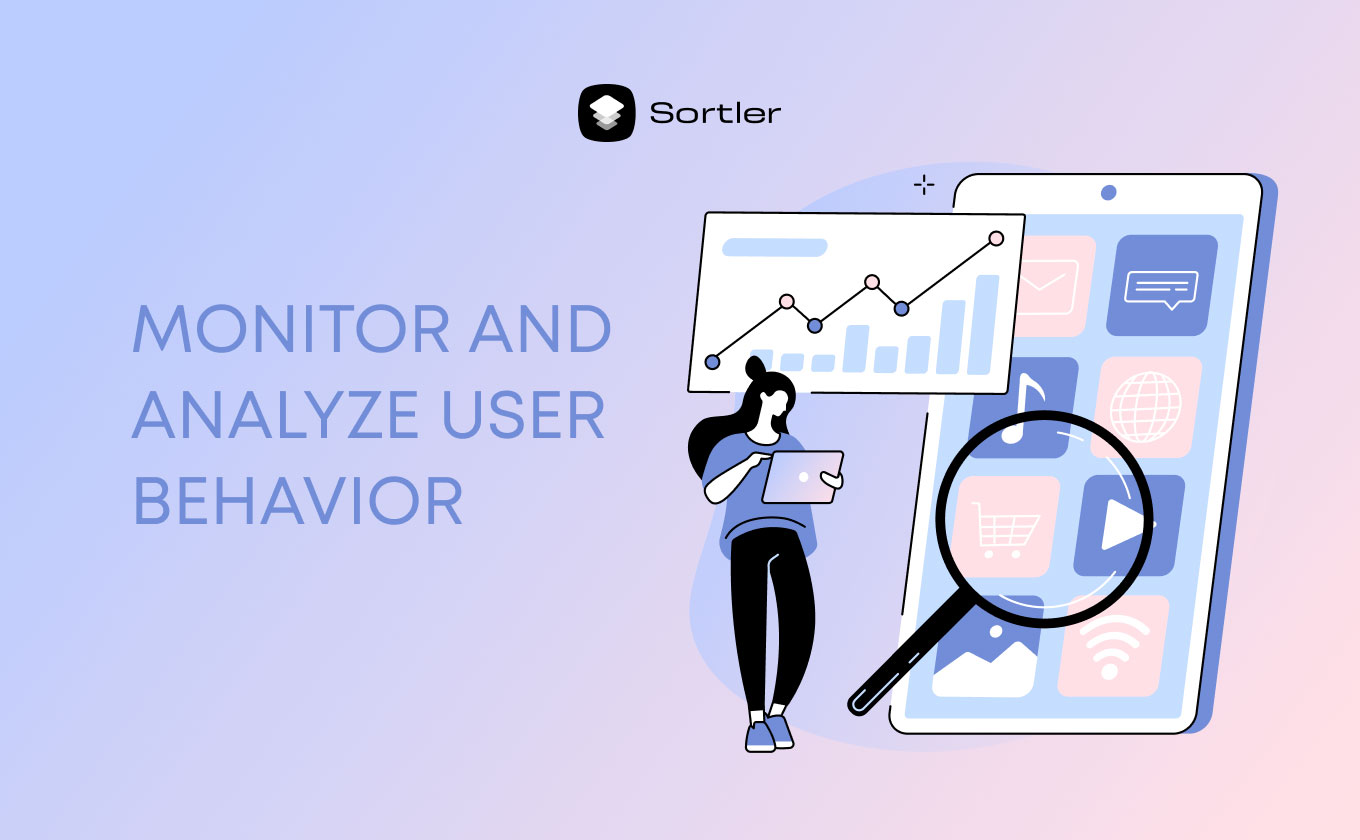
You already know how to improve your bounce rate, as we’ve provided you with the primary recommendations in this regard. Now we’d like to add a couple of final remarks to keep you completely safe.
The fact is that working on conversions is a never-ending process. You need to constantly analyze the habits and preferences of your customers and react to any changes in their shopping behavior:
- Implement website analytics tools to track user behavior on an ongoing basis
- Identify high-exit pages and optimize them to get better engagement
- Utilize heatmaps and user session recordings to understand customer interactions

Bounce rates and conversions go hand in hand. By improving conversions, you inevitably reduce bounce rates and vice versa. That’s why the tips we give in the article at the link would be helpful to you too.
So… what is a good bounce rate, and how to improve it? Hopefully, we covered these issues for you. If you still have questions unanswered, don’t hesitate to contact us right away. We’ll be happy to consult you on innovative eCommerce merchandising techniques and tell you more about tools like Sortler, which is perfect for engaging website visitors.
